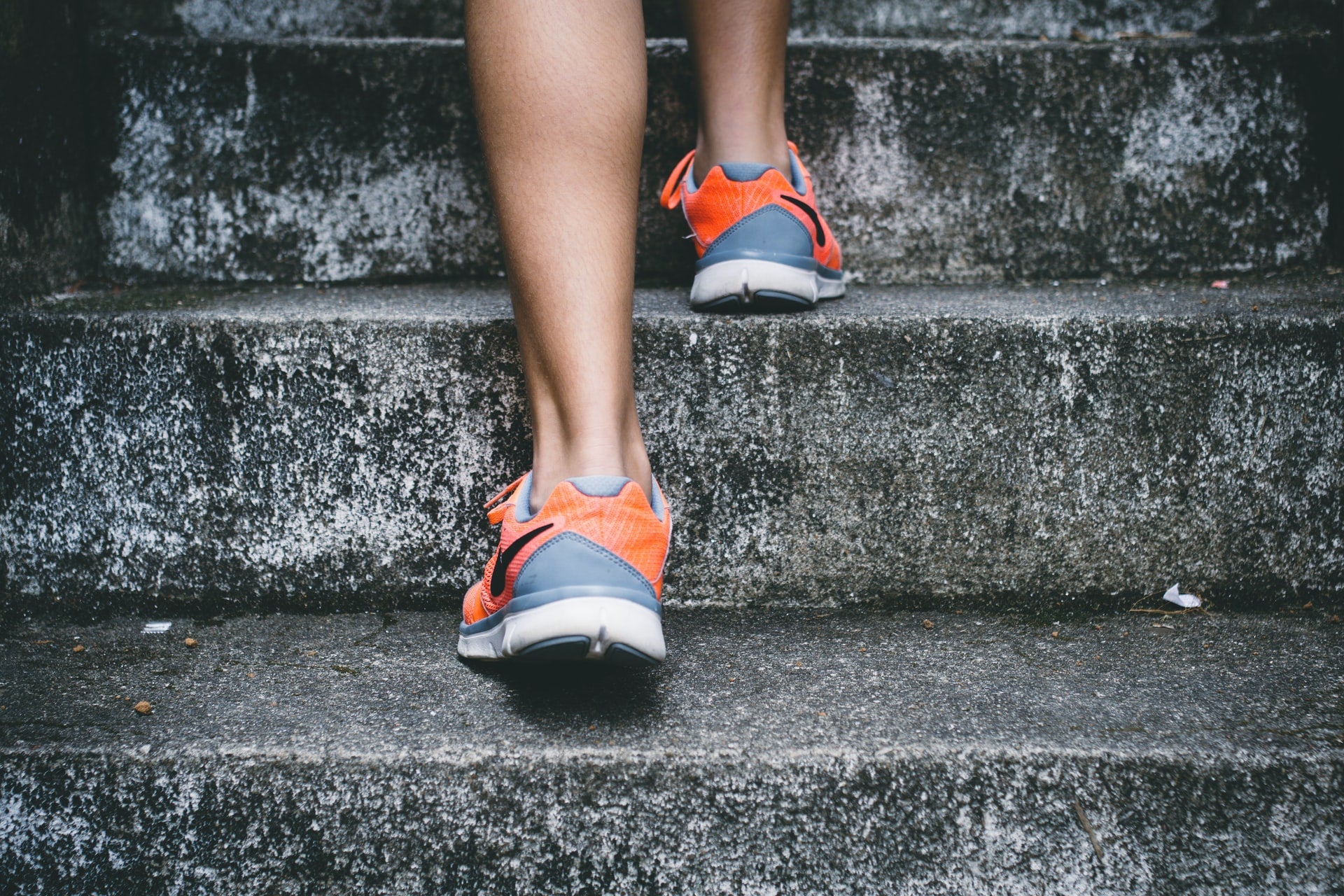Exercise and Mobility: Tips to Help Older Adults Stay Limber

Guided exercise has been shown to significantly improve strength, agility, and mobility in our later years. The importance of this cannot be overstated. Who doesn’t want to stay mobile?
Mobility at an older age is the key to independence. A sharp mind and a weak body will still need outside assistance.
Being able to walk on your own accord eliminates the need for a wheelchair. Being able to lift eliminates the need for hired help. Being able to run, or jog, or jump is simply fantastic for your mental and physical health.
New research has shown that just one measly exercise session per week can measurably prevent the decline of mobility and other movement-associated medical issues in adults aged 65 and over.
Kathleen C Insel, PhD, chair of the Biobehavioral Health Science Division at the University of Arizona College of Nursing commented on the study, saying, “The findings from this study are encouraging because they were able to demonstrate a positive effect from a relatively low level (low engagement) intervention and importantly found the intervention was cost-effective in delaying disability.”
The research focused on the REACT program, or “REtirement in ACTion”, which utilizes group-based physical activity and behavior maintenance for older adults at the precipice of mobility issues. Participants in the program had difficulty climbing stairs, walking lengthy distances, or standing up from a chair.
REACT’s goal is to “prevent further mobility declines with exercises focused on lower body strength, balance, and stamina.”

Participants were instructed to establish an exercise habit to maintain physical function and reduce medical costs. The program was run in three U.K. locations: Bristol, Birmingham, and Decon. For four and a half years, 777 participants aged 65 to 98 years old were divided into an intervention and a control group to conduct the research.
The initial hypothesis at the program’s conception was that participants would end the study with better physical function compared to the control group. This hypothesis was confirmed.
But even more impressive was that many participants didn’t just reduce the rate of mobility decline associated with aging, they reversed it.
The bottom line? Keep moving and get active– your body will thank you in the future.




